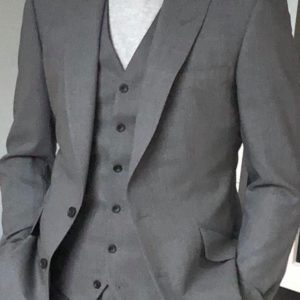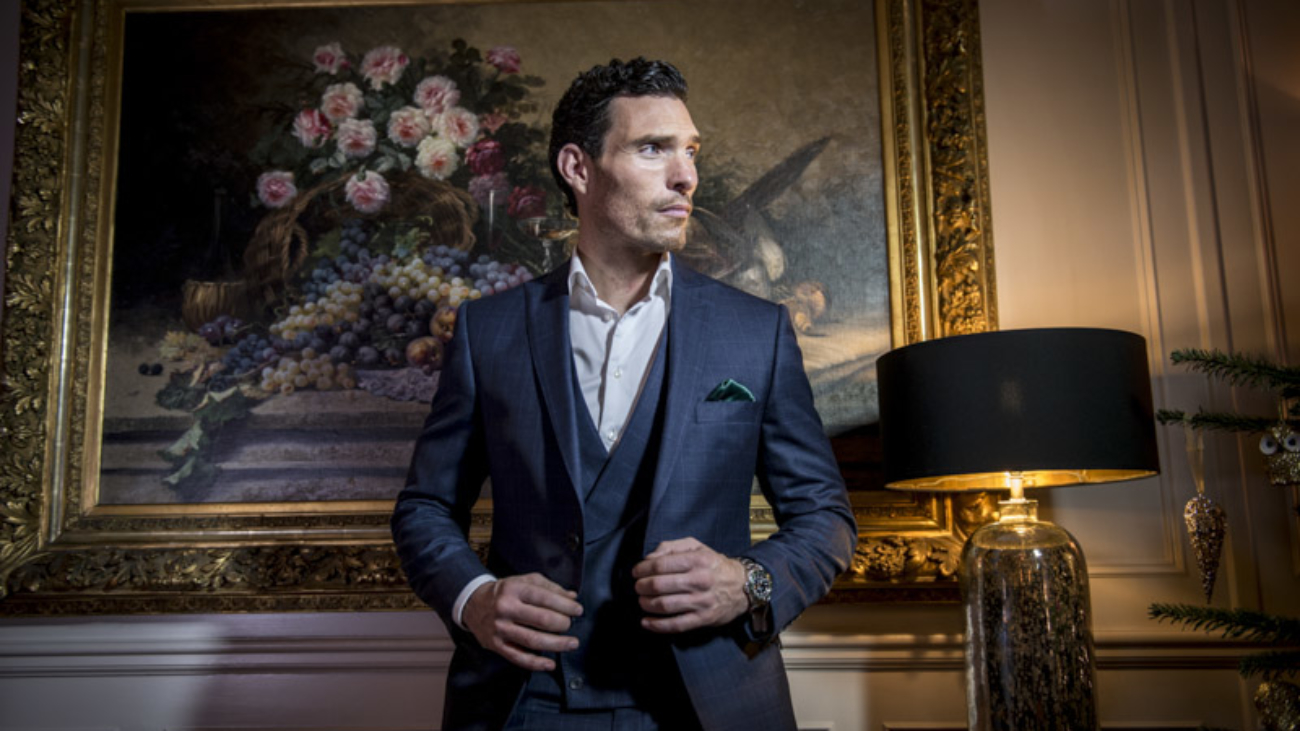The History Of The Waistcoat.
Unlike most garments or fashion accessories, the origins of the Western waistcoat can actually be dated pretty precisely. It was the English King Charles II who in October 1666 decreed it to be part of an Englishman’s correct dress. Having said that, the idea for the waistcoat had not been a new one as it was based very closely on designs seen previously in Persia and in India.

The waistcoat’s arrival in England, however, immediately made history. The occasion was marked by an entry in the most famous historical diary of all time; Samuel Pepys. “The King hath yesterday declared his resolution of setting a fashion for clothes which he will never alter. It will be a vest, I know not well how.” Note the original term “vest” (still favoured in America).
Over time it became known as a waistcoat for the simple reason that it reached the waist and no further (unlike the formal dress coats worn on top of them, which would reach down to the knee).
Interestingly, it was thought for some time that the name “waistcoat” was derived from waste. The fact that garment was originally made from excess material that would otherwise have gone to ‘waste’. This, however, was nonsense.
Originally, during the 17th and 18th centuries, the fashion in waistcoat was for highly ornate items in bright colours, but this gradually gave way to a much more informal and even puritanical style in the late 1700s and into the 19th century. Partly this was due to the international influence of the distinctly anti-aristocratic French Revolution in 1789.
Some of our fine waistcoats
Gallery
The Bespoke Tailor provides world-class, award-winning, internationally renowned tailoring with exceptional service.
There is nothing more satisfying than designing a garment that fits every aspect of a client – from their measurements to their personality. That is what tailoring is all about.
From the 19th Century To The Current Day.
From 1810, waistcoats became shorter still and a much tighter fit, eventually almost doubling as an undergarment. Increasingly waistcoats were being used cosmetically to streamline the fuller figure. When the corset became popular in the 1820s, waistcoats served to emphasise the fashion for the pinched waist. They often featured whalebone stiffeners of their own, as well as laces at the back and reinforced buttons at the front.
After 1850, this style changed somewhat and towards the end of the century, with the arrival of portly Edward VII, the waistcoat began to expand a little to suit the shape of its owner.
In the 20th century, the prevalence of the waistcoat and its significance as a status symbol began to wane. It became a much more functional item to round off a formal three-piece suit, its use as a place to store a snazzy pocket watch also falling by the wayside as the wristwatch came into its own.
Today, aside from persisting in more formal outfits, waistcoats have also taken on a life of their own in certain youth subcultures, being worn by indie kids or in steampunk circles, sometimes just with T-shirts or in the antithesis of their formal roots, sometimes even on their own.

